
The city of Hyattsville lost 30 percent of its tree canopy between 2009 and 2018, according to a new study.
Researchers with the Davey Resource Group used GIS mapping to survey the layer of tree leaves, branches, and stems cover the ground when viewed from above.
They found the city dropped from 785 acres of canopy in 2009 to 548 acres in 2018 — a net loss of 236 canopy acres, enough to cover Magruder Park in shade seven times.
The main causes for the loss of trees are new development, invasive species like the emerald ash borer, stress due to climate change and simply older trees dying or being cut down and not being replaced.
The loss of trees isn’t just an aesthetic problem. Trees reduce pollution from stormwater runoff and boost property values as much as 15 percent and have even been linked to improve heart and lung health and higher levels of consumer spending.
The study estimated the value of even Hyattsville’s diminished tree canopy to be more than $3 million, as it removes 41,000 pounds of pollutants and 740 tons of carbon from the air and slows 8 million gallons of stormwater.
If you would like to plant a tree on your property, University Park will reimburse you for up to $100; College Park, up to $150. In Riverdale Park, you can request a tree be planted between the curb and sidewalk in front of your home; in Hyattsville, you can suggest a tree be planted anywhere in town.
You can also take advantage of the Rain Check Rebate for Prince George’s County, which provides residents of the county a $150 rebate for planting a native tree on a residential property.
Support the Wire and Community Journalism
Make a one-time donation or become a regular supporter here.










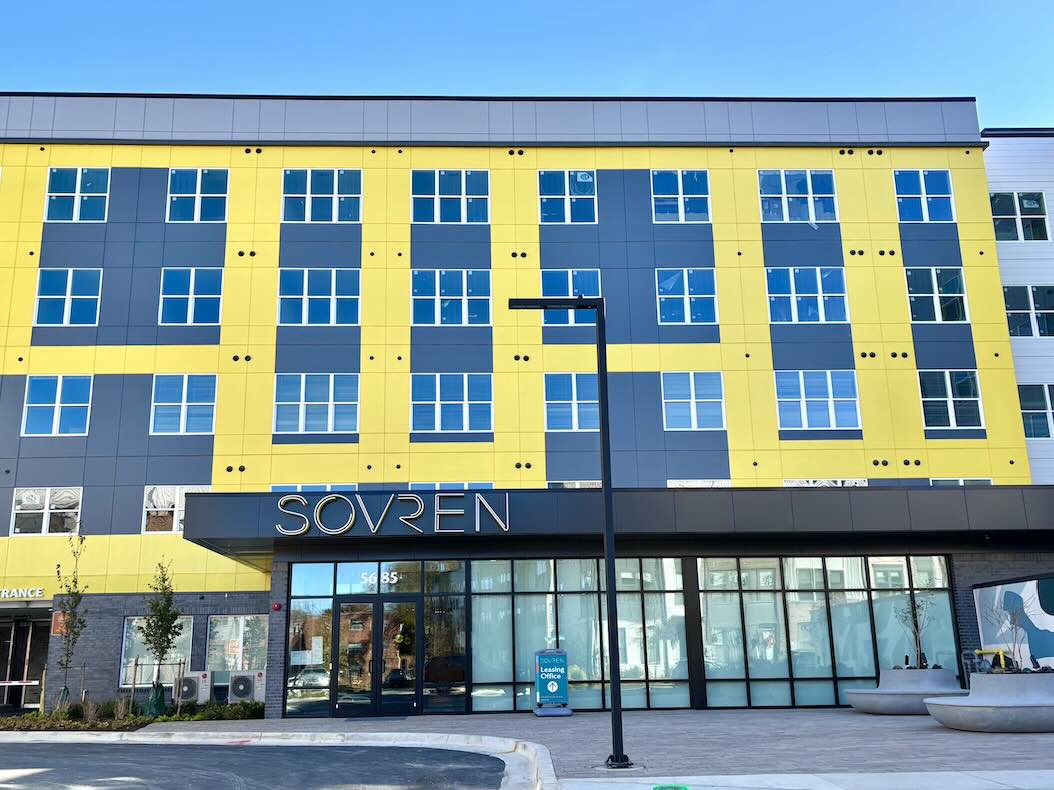
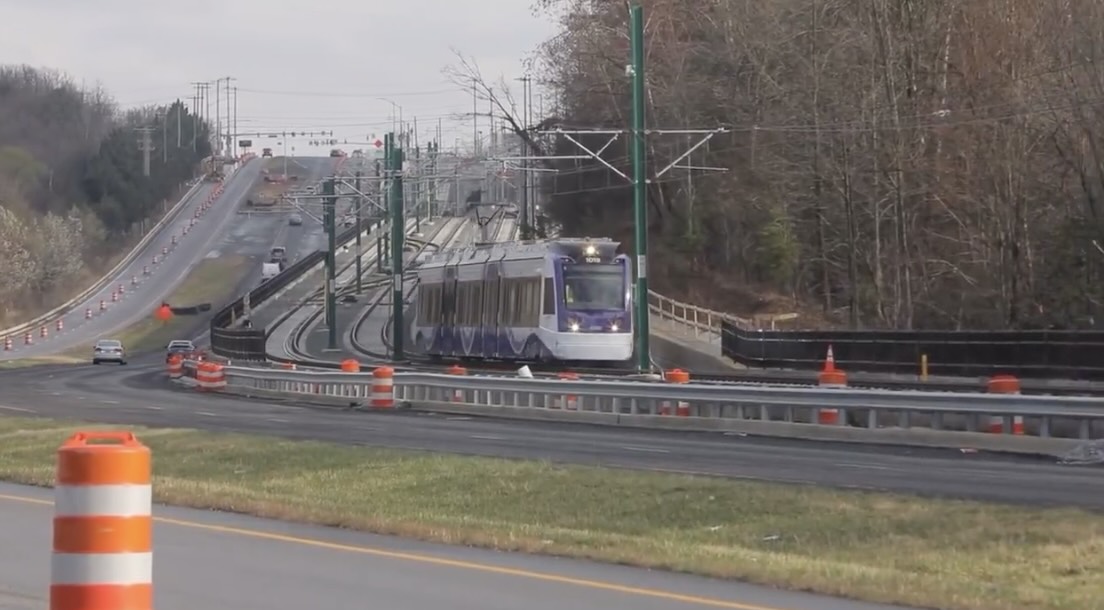
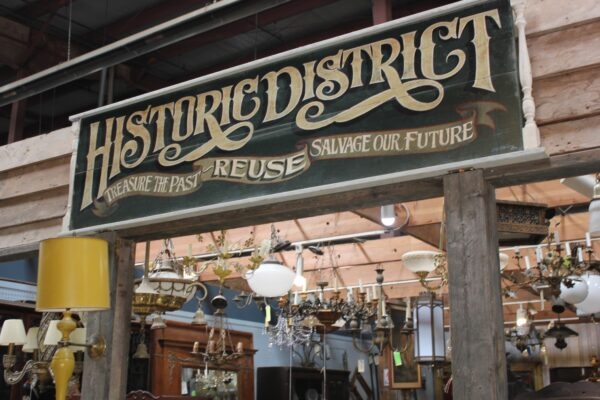

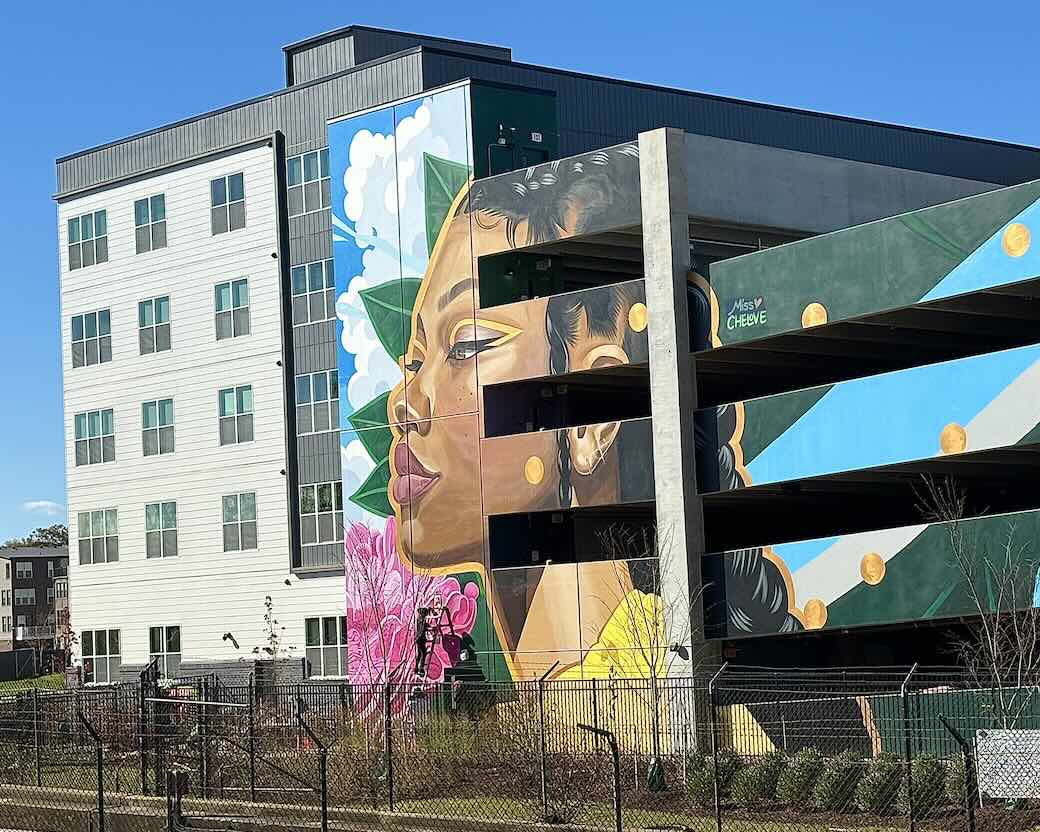
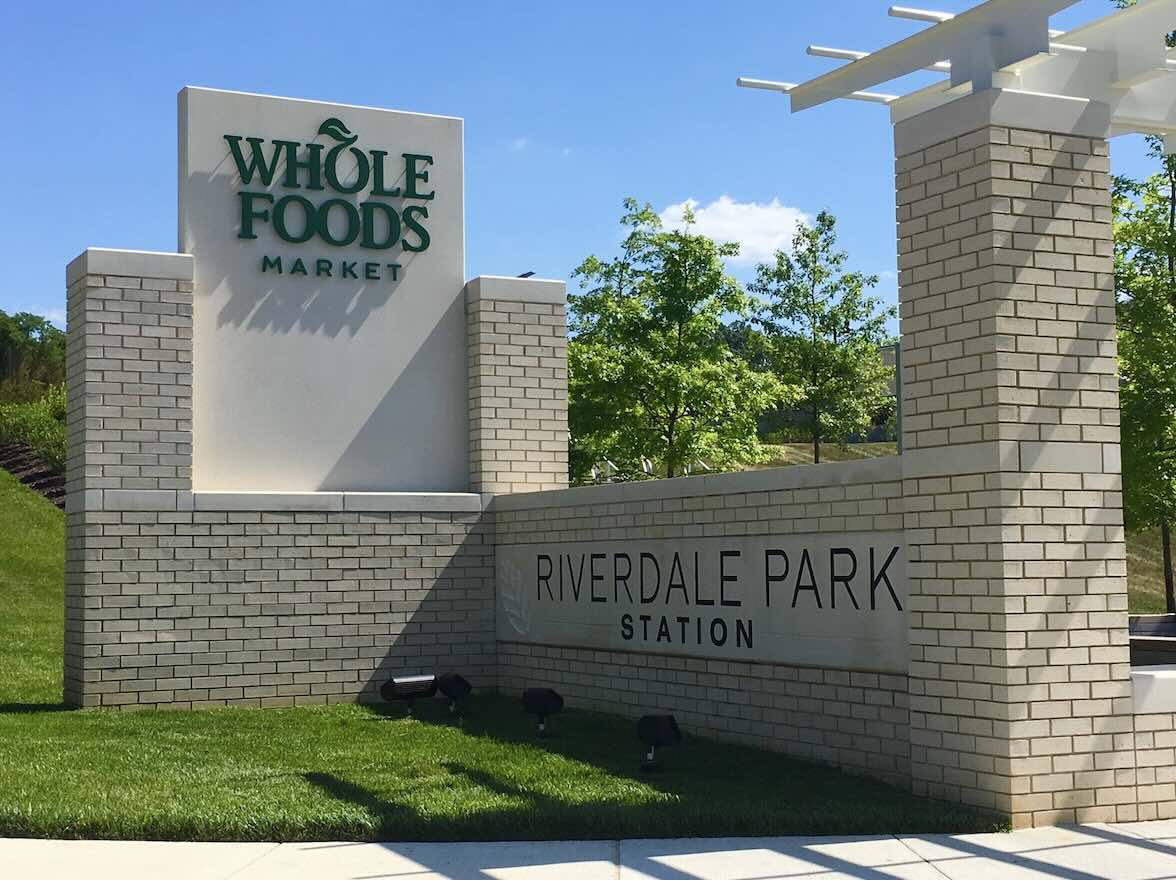
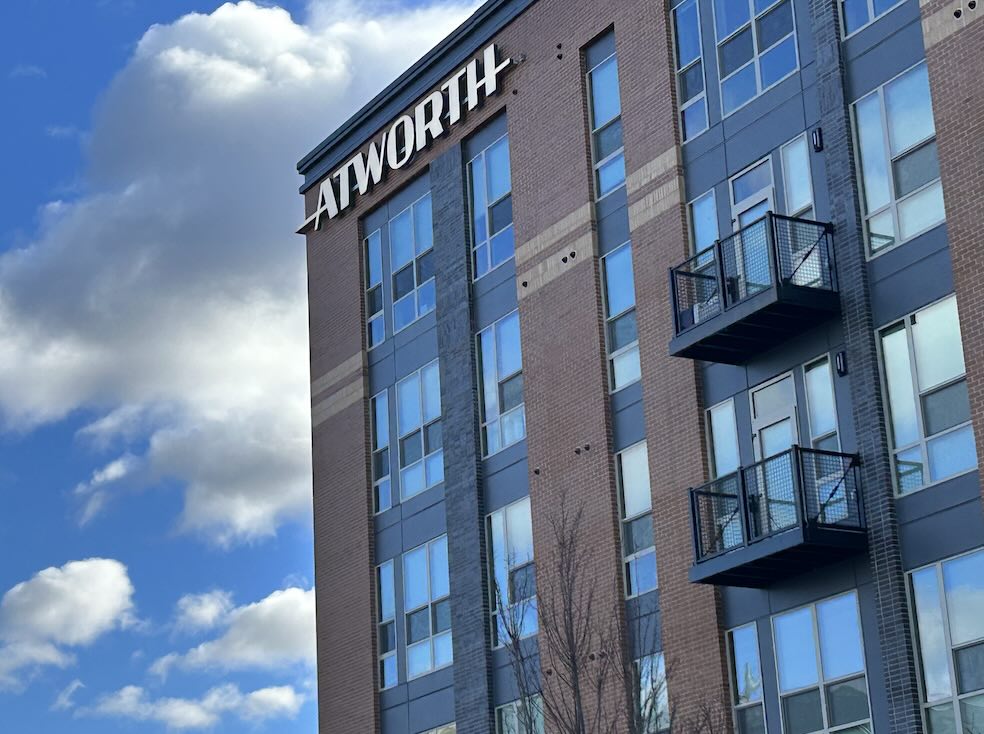


The loss of tree canopy in Hyattsville didn’t start in 2009. American Forests did a large study in 1999 that found Hyattsville had lost more than half its tree canopy between 1973 and 1998. I used that study to support a number of bills before the City Council starting in 2003 to help restore the tree canopy. Most of that legislation passed and some was actually implemented, but the forces toward deforestation are relentless. The City doesn’t budget nearly enough for tree planting on public lands, and while there are programs to support tree planting on private property, the benefits of doing such are insufficiently promoted.
What about all the Ivy growing up the tree trunks that kill many trees in our area and I dont see anybody getting rid of the ivy on the tree trunks. What is the best way to kill off the tree ivy as the ivy attached so tightly to the bark on the trunks.??? Thanks
Re: Clearing Ivy: When volunteering at Rock Creek we were instructed to cut out segments of the ivy (1-2 inches) all around the trunk.